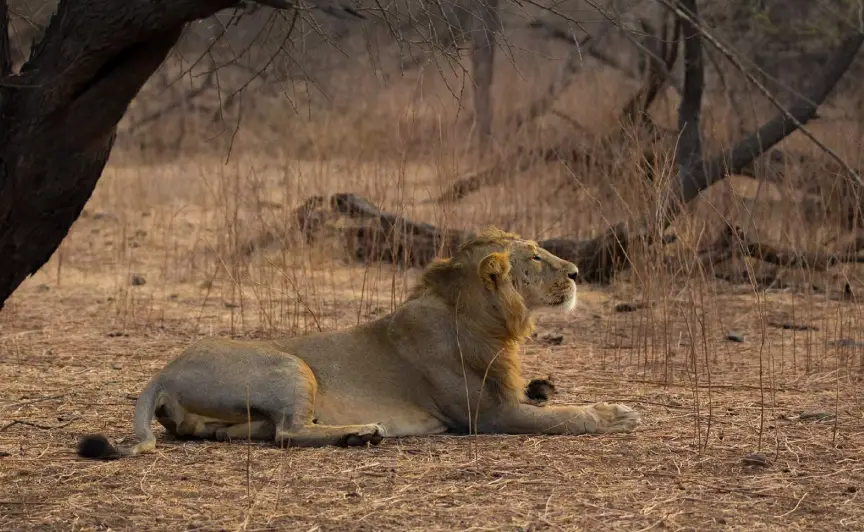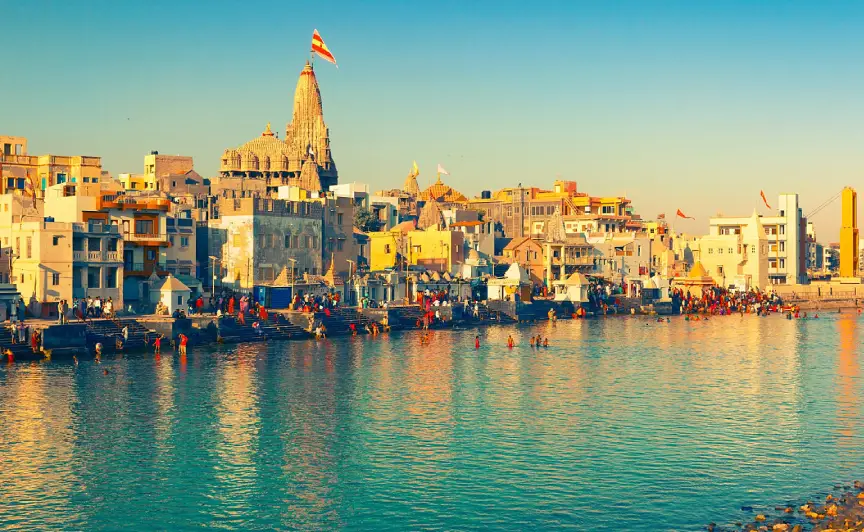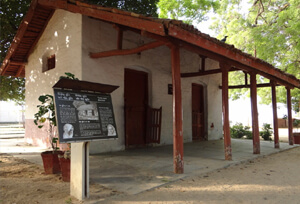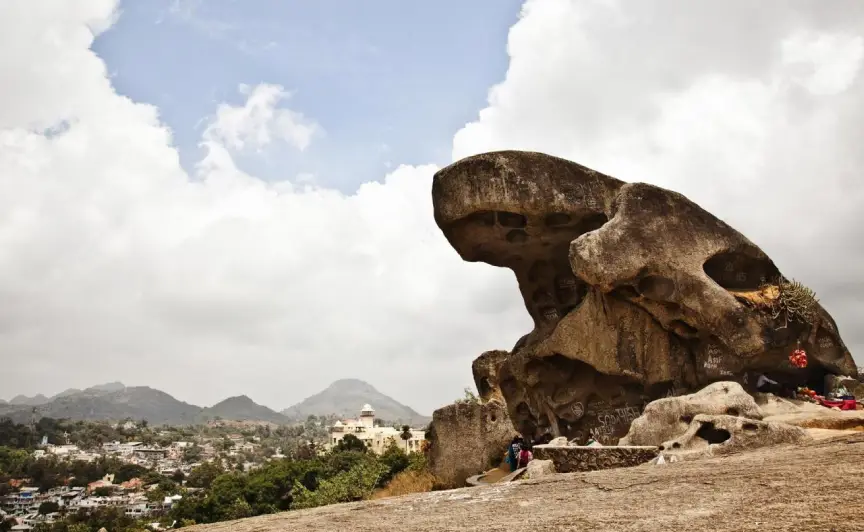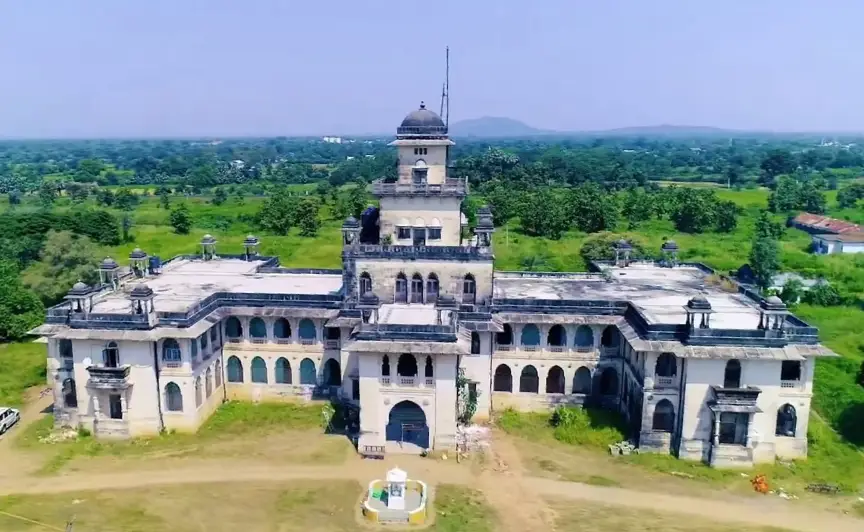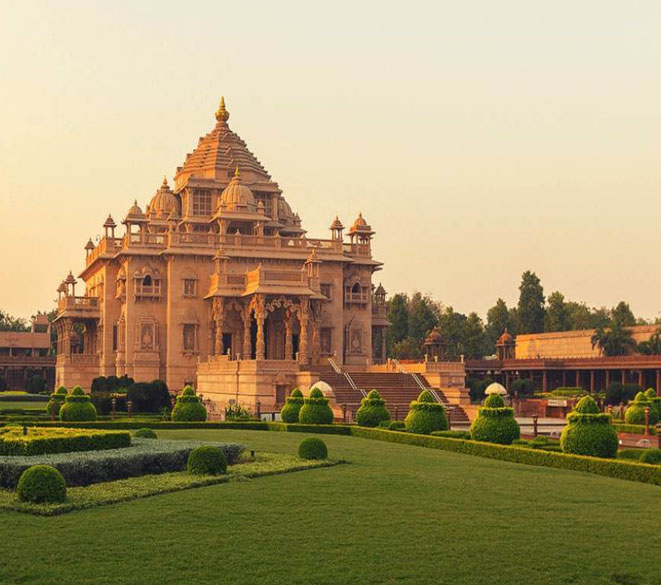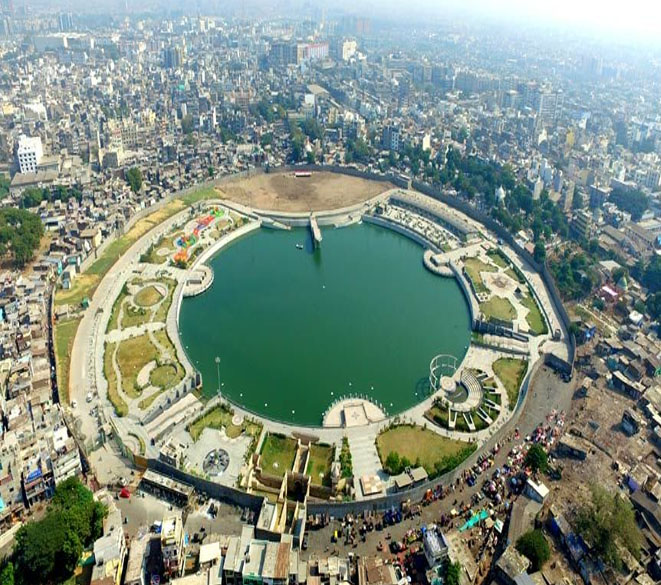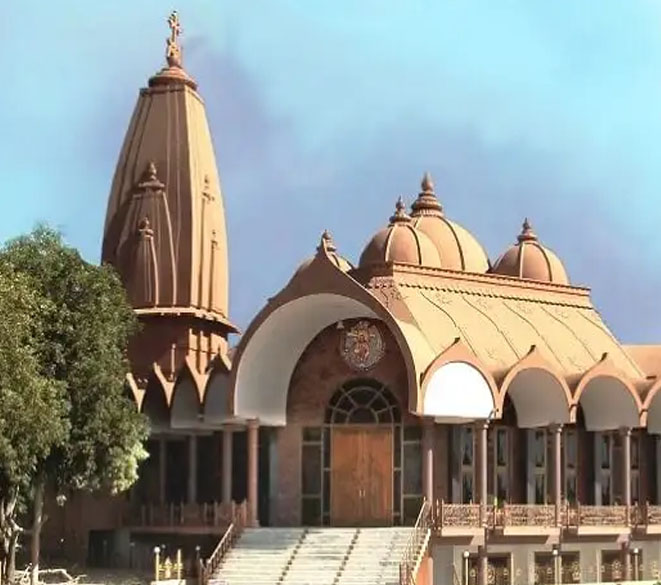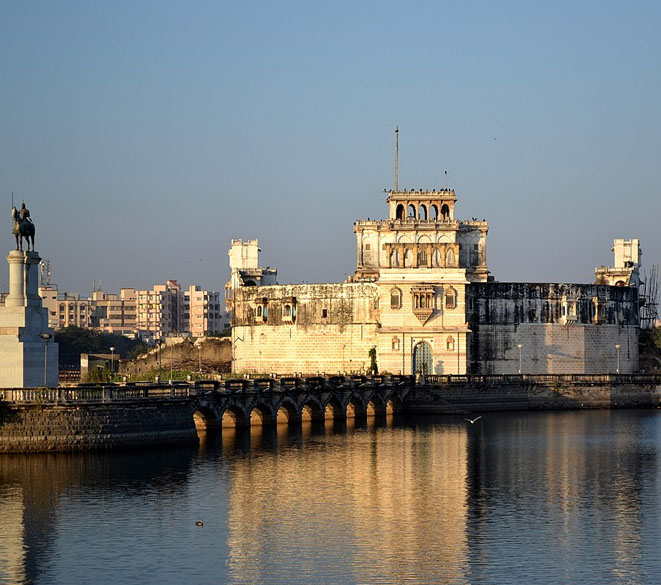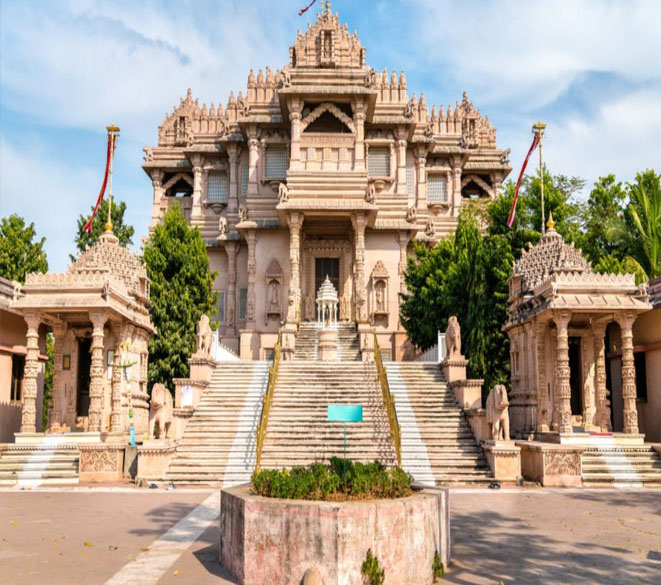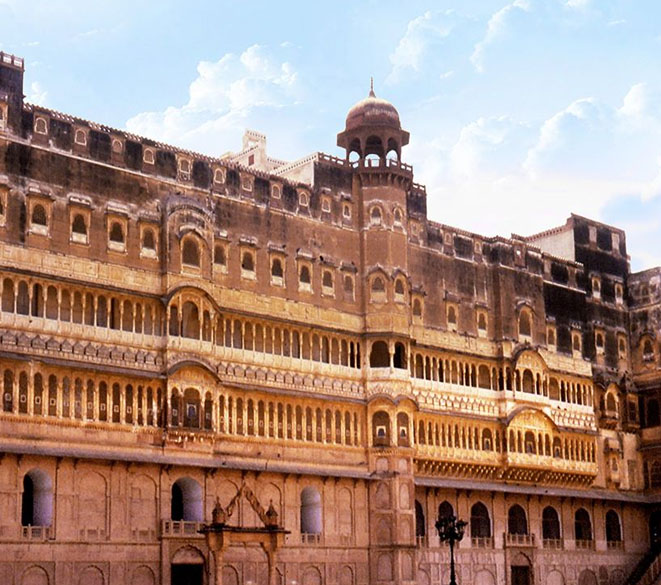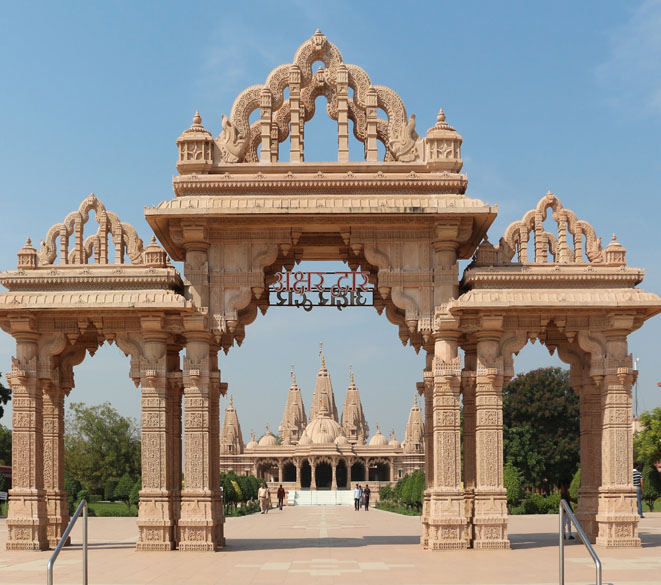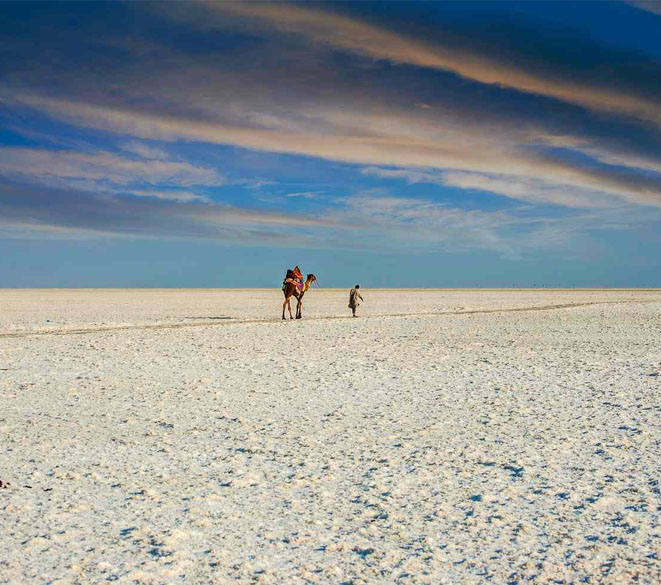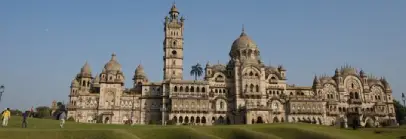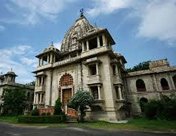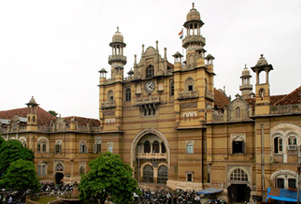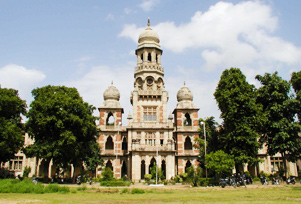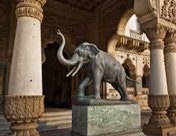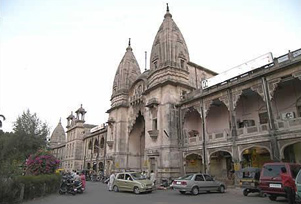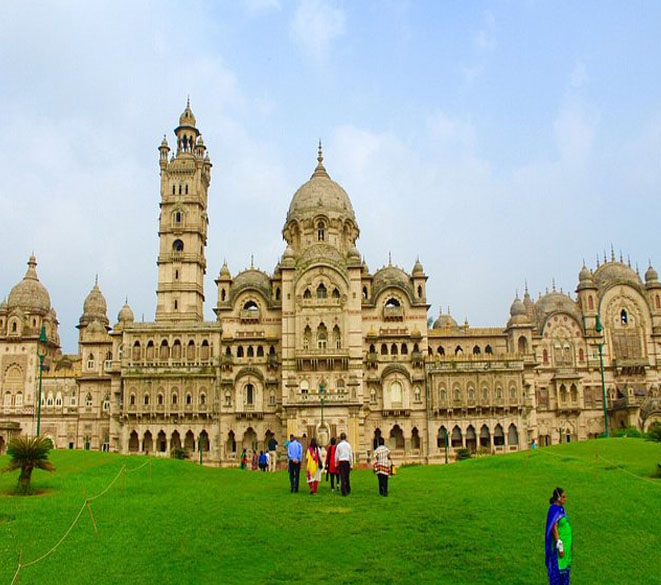
Vadodara
Due to the abundance of banyan trees here, from the term 'Vadpatra', the city got its final name - Baroda or Vadodara.
Heritage
The Laxmi Vilas Palace, partially converted into a museum, is the finest example of the Indo-Saracenic style of architecture
Best Time to Visit
Oct - Dec & Jan - Mar
Ideal Duration
Visa
Not Required
Vadodara (formerly Baroda) is the third largest city in Gujarat, located on the bank of Vishwamitri River, towards the south-east of Ahmedabad. Gigantic monuments, museums and gardens documenting the Indian history dominate the old quarter of Vadodara. The tinsel town is the brainchild of Sayajirao III, a farsighted ruler who introduced free primary education and laid foundation for premier institutions like Bank of Baroda, a railway system and Maharaja Sayajirao University.
Many tales and fables are associated with the name of the city. As per the history accounts, the city was christened as 'Chandravati' after its ruler Raja Chandan, later it was changed to 'Viravati 'meaning the abode of the brave, and then 'Vadpatra' due to the abundance of banyan trees here. From the term 'Vadpatra', the city got its final name - Baroda or Vadodara.
According to historians, Vadodara's history is over 2,000 years old. The first native people of Vadodara were some Hindu king, who ruled the town till 1297. People of Gupta Empire than start exploring the region and became the first ruler of Vadodara in the early year of the Christian era. After fierce battles, Vadodara was seized by Solanki dynasty. Years later, the city was vanquished by Mughals, which were later overthrown by Gaekwad ruler. Vadodara was the stage where events big and activities have unfolded.
Vadodara owes much of its splendours to the Sayajirao Gaekwad III, a formal ruler of the city. He was a great modernizer who laid the foundations of Vadodara’s modern reputation as Gujarat’s cultural capital. Today, Vadodara is known to the world as a heady mix of breathtaking art, interesting sights and vibrant street life. The Laxmi Vilas Palace, partially converted into a museum, is the finest example of the Indo-Saracenic style of architecture. Designed by Major Charles Mant in the year 1880, the palace is the major tourist attraction of Vadodara region. Few kilometres away from the Laxmi Vilas Palace is the Maharaja Fateh Singh Museum, which is famed for its unique collection of painting by the famous artist Raja Ravi Verma.
Take a special time out to visit the well-manicured garden, Sayaji Baugh. Located in the heart of the city, the park houses a zoo, planetarium, and Vadodara Museu, which has an electric mix of Mughal miniatures, royal artefacts and European oil paintings. Other notable sights are Nazarbaug Palace, Makarpura Palace, Maharaja Sayajirao University of Baroda, Kirti Mandir, Kirti Stambh, Nyay Mandir, Khanderao Market, Aurobindo Ashram, EME Temple (Dakshinamurty Temple) and Hazira Maqbara.
Even the outskirts of Vadodara are the subject matter of great interest for tourists. Few kilometres away from Vadodara is the ancient city of Champaner, which is also a UNESCO world heritage site. Situated at the foothills of Pavgadh, Champaner features a citadel, mosque, palaces and tombs, guarded by large gateways. The Pavgadh fort, at the crest of the 820m high Pavgadh hill, is a cluster of an ancient fortification, that reflects the chequered past of the nation. Sat Mahal is yet another famous attraction that one will notice while climbing the Pavgadh fort. This seven storey grand palace is an interesting example of Chauhan architecture. Towards the western side of Vadodara is yet another gateway called Anand, which is an ideal destination for people who want to keep aside all clamour of city life.
Reckoned as the cultural hub of Gujarat, Vadodara has all the reason on this earth to be on the travel bucket list of every tourist.
Our Best Packages
Where To Stay in Vadodara
Packages Nearby Cities
Best Time to Visit Vadodara
Temperature remains hot and dry during the summer season.
Temperature remains hot and humid during the June as it marks the beginning of the monsoon season. On an average Vadodara receives 93 cm (37 in) rainfall, but infrequent showers can cause the river to flood.
With the month of October, the temperature starts reducing due to cold northerly winds and the weather remains mild. Winters are the best time to visit Vadodara because there is less humidity and more chances of indulging in outdoor sports activities.
